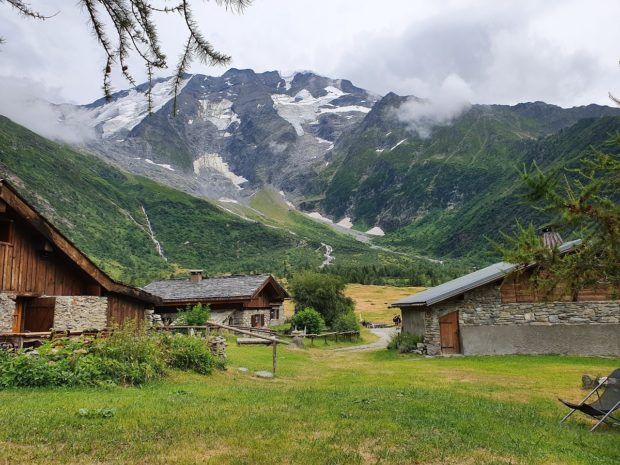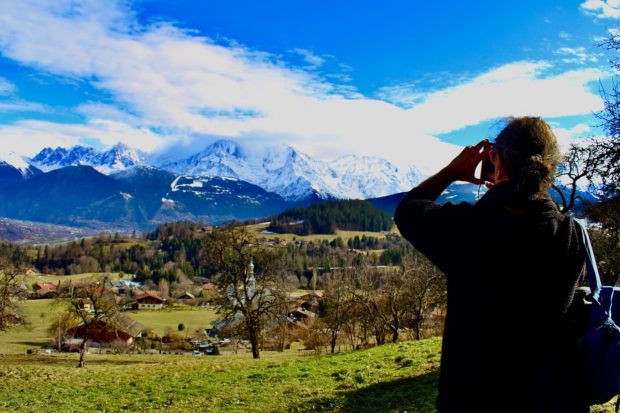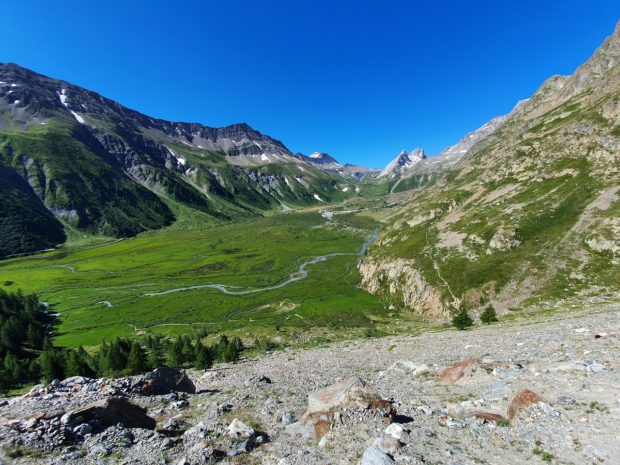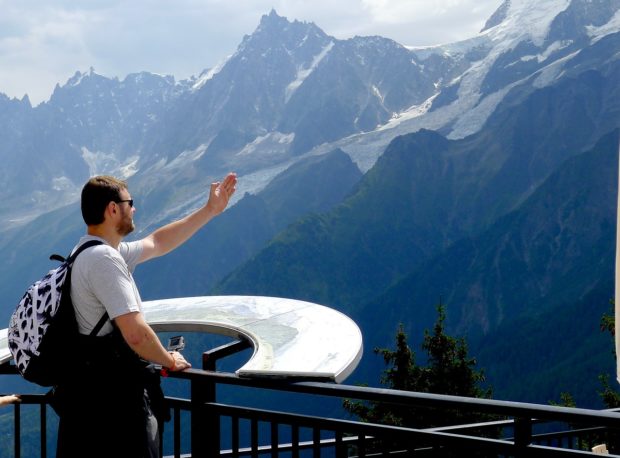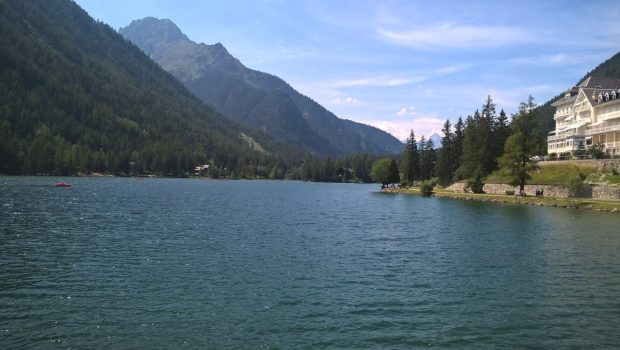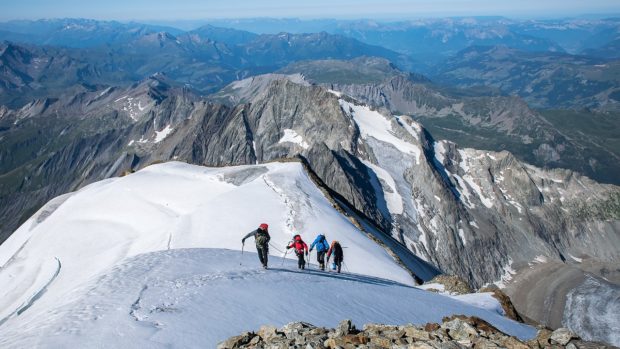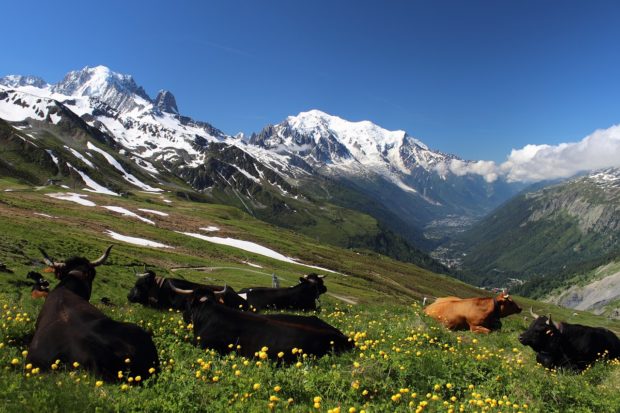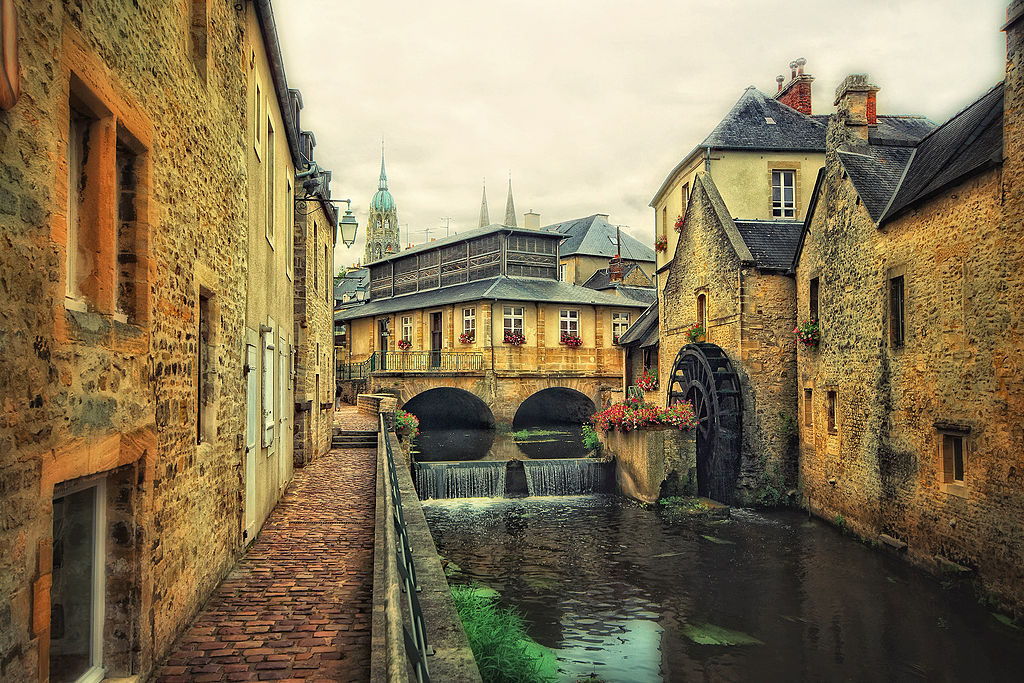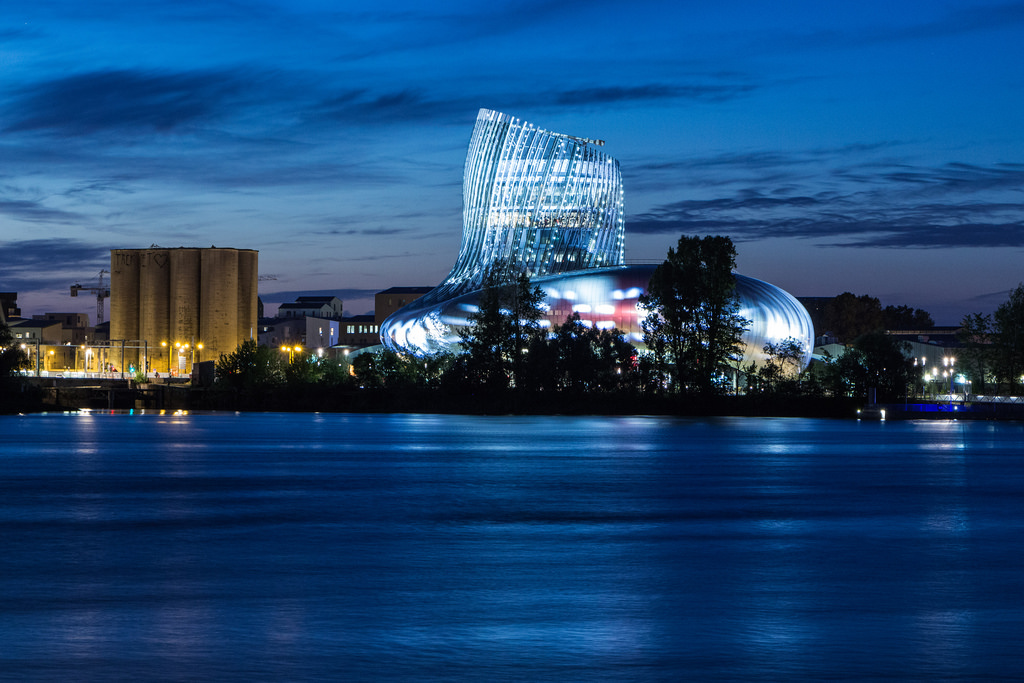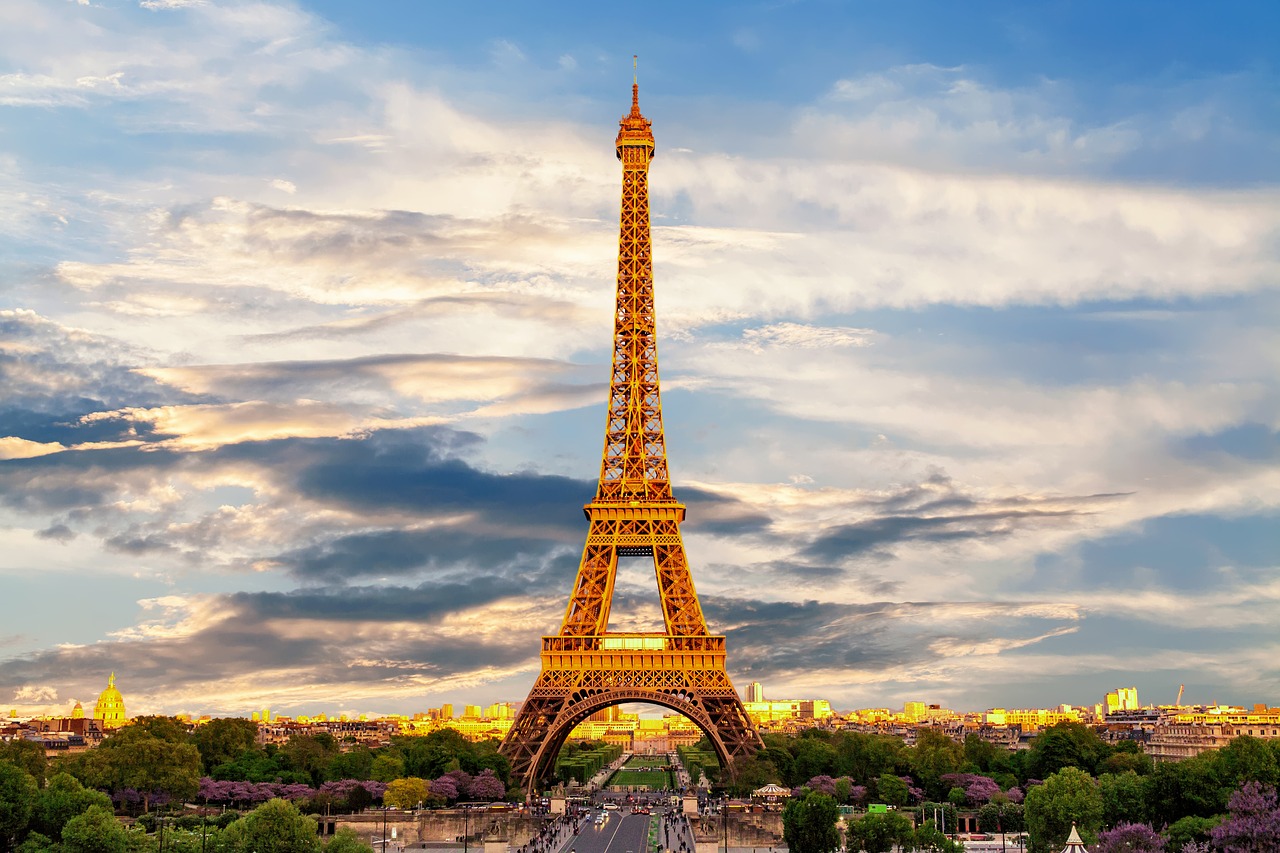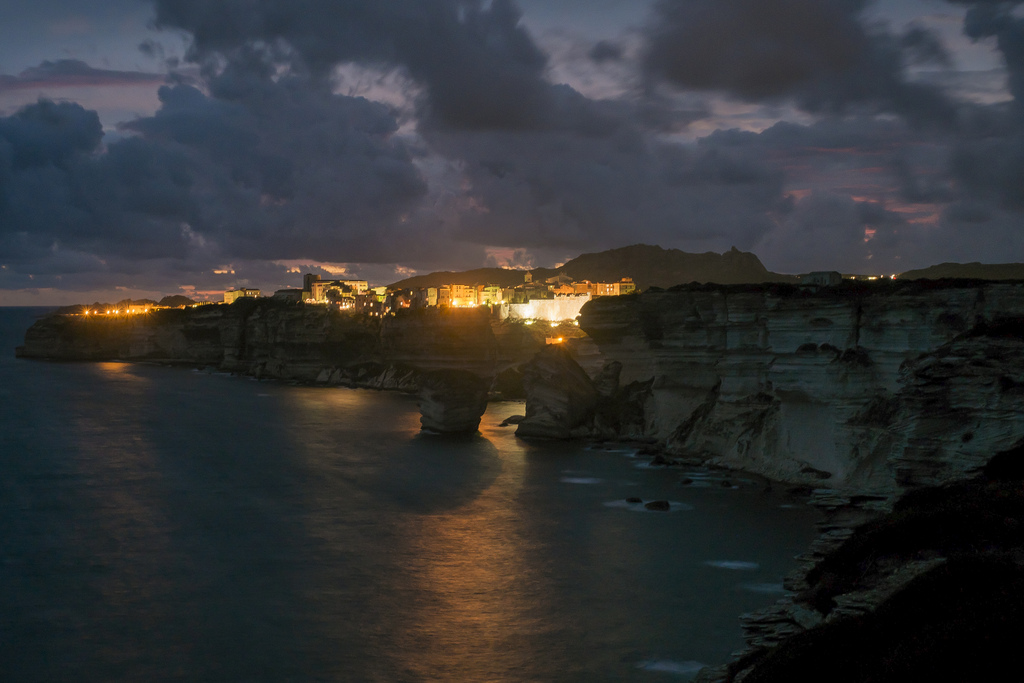Tour du Mont Blanc is a popular hiking trail in Europe that stretches 170 kilometers through three countries. That’s France, Italy, and Switzerland.
The Mont Blanc trail traverses through the most impressive and beautiful ranges and it’s relatively accessible for anyone in good shape. This destination is also a good tour for foodies. That’s because it allows you to explore new foods in different villages throughout the three countries.
The tour du mont blanc hike is a bucket list of items for many backpackers. Between the stunning landscape, inclusive trail, and customizable experience, tour du mont blanc gives an adventure like no other. Some of the experiences that are why you should add tour du Mont Blanc to your bucket list are:
- A hike through three countries
- Adjustable routes and lengths
- A great option for beginners
- Breakthrough sights from glaciers, meadows, and mountains
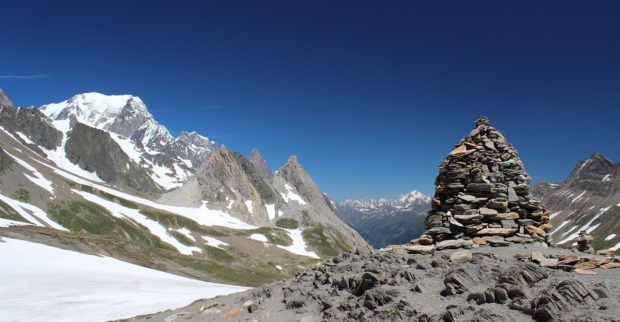
Tips for Traveling to Tour Du Mont Blanc
Tour du Mont Blanc is a dream experience for a lot of trekkers. Unfortunately, many people hesitate to book this amazing experience of a lifetime. In most cases, it’s because they think they aren’t up to the challenge.
That’s a shame considering that you only need a bit of preparation. The average hiker can gain the physical conditioning needed for trekking in the Alps. Take a closer look at the following pieces of advice if you’re preparing for the best Mont Blanc hiking tours.
1. Avoid Booking Too Early in the Season
Usually, the trail opens from the last two weeks of June until September and sometimes early October. So, you must avoid booking too early. Note that you’ll still see many parts of the trail covered in snow during the last two weeks of June. Moreover, the snow level also depends on how much snow fell in winter.
Some guides prepare the tour du mont blanc route at the beginning of June. They can secure ropes in various sections and cut out the path. It might also be that you prefer hiking the trail in the first two weeks of the season, beginning from mid-end June.
If that’s the case, you’ll need to be prepared to take crampons, ice axes, and potentially a rope, then know how to use them.
2. Have Enough Cash With You
This is an important piece of advice because many tour du mont blanc locals do not accept credit cards. Due to this, you must ensure that you have enough cash with you.
If you check online, you’ll realize that some of the locals take the deposit. They’ll then require you to pay the rest on arrival and in cash. Other locals don’t take deposits at all. However, they expect you to pay cash on arrival.
Remember that you’ll be hiking through three different countries. As such, you’ll need to have both euros for France and Italy, then the Swiss francs for Switzerland. Be sure to check with your Swiss accommodation because many hotels take cards.
The only thing that you might need the Swiss franc for will be the bus, in case you need the services. It’s also commonplace to pay in euros while in Switzerland and get the change in Swiss francs.
3. Use Luggage Transfers For a Light Pack
This is important even if you’re planning a self-guided tour du Mont Blanc hike. That way, it will be easy to arrange luggage transfers so that your kit gets transported from hut to hut along the trail every day.
There are some exceptions on the trail where accessibility is an issue. Thus, you might have to do without your main bag for two days on some of the stretches. These might be from Les Mottets to Elisabetta, and from Courmayeur to Bonatti.
By the way, did you know that you can book mules to trek with you if you are a self-guided hiking group? Book yourself one if you need assistance with your luggage!
4. Get a Self-Guided Tour Operator
There are various ways in which you can go about Mont Blanc walking tours, from backpacking to fully supported and guided tours. It, however, helps in dealing with the issue of language barrier, the lack of lodging that can accommodate an entire family, and a lot more. It ensures that you’re provided with:
- Route information
- Insightful travel logistics
- Pre-booked accommodations
With the above information, all you’ll need to do is to get from point A to B every day and at your own pace. It’s a perfect idea even if you want to maintain the illusion of independent travel. At least, you won’t have to deal with stressful details.
5. Take Care of Your Feet
You must take care of your feet the moment you start feeling potential blisters coming on. That’s especially in the early stages of the tour du Mont Blanc hike.
Blisters can be common because your feet are probably not used to a lot of walking at one time. It could also be that you don’t have enough time to fully break your hiking boots in. In such a case, you’ll need to treat your feet with blister cushions. This is important because even if you don’t end up with blisters, someone in your group might benefit from your blister bandaids.
You can also give your feet a break by bringing an extra pair of tennis shoes. They can be useful for lounging at hotels or locals. You can also borrow slippers or crocs from locals during your time there. But, it’s better that you bring your own if you have space in the luggage.
Remember that your feet are important during the mont blanc hiking tours. As such, the last thing you want is to experience pain and raw abrasion with every step you make.
6. Stay in Hotels Instead of Huts
This is an important decision to make even for a self-guided tour du Mont Blanc. Staying in a hotel, even if it’s a small accommodation down in the valley, is better than staying in the mountain huts.
Note that many of the mountain huts have dorm-like sleeping setups. This is not comfortable, especially if you have children. Traditional accommodation, however, ensures that you have a nice bed, a private bathroom, and real food every night.
7. Start the Day With Col Climbs
If you carefully book your tour du mont blanc huts, you can organize your stages. Do it in such a way that you tackle the mountain cols first. This will help to ensure that you’re full of the energy to battle the elevation thrown at you.

Keep in mind that not all the cols have a local at its base, however, there are some good options. Refuge du Balme, for instance, is at the base of col du bag at the bottom of col de la siege.
8. The Mont Blanc Trek is Not a Walk in the Park
It may be categorized as a “walking holiday.” That’s because day after day, you’ll end up with some body parts that are extremely sore from trudging up mountains. It can also be from carrying your pack all day long. Thus, you must ensure that your body is prepared and that your fitness level is where it should be.
You must do some training to get your body used to the movements before trekking in the Alps. The daily mileage requirement will make your experience that much better.
9. Avoid Over-Packing on Clothes
You’re likely to end up on various legs of your trek due to the proximity of the towns and villages. You will have access to laundry facilities. If there aren’t any facilities around, all you’ll need is the washing detergent and a sink. That’s why we’d encourage you to pack light.
Minimize the amount of clothing that you bring to just 2-3 pairs of pants and an equal amount of shirts and socks. You can even bring less and you won’t encounter any issues with running out of clothes. Just be diligent about washing and drying them out in the line for the next use.
You need to pack based on the number of overnight stops that you intend to make. This can range from between 6 to 12 days and you’ll be hiking for around 6 to 10 hours daily. You may be hiking the Tour du Mont Blanc without any kind of paid luggage transfer.
But remember that backpack weight will be with you every step of the way. So, you need to pack light to ensure that you’re not weighed down by unnecessary luggage weight.
Conclusion
There are various routes that you can choose from in your Mont Blanc hiking tour. You just need to book one that’s the closest match to your abilities.
Keep in mind that your tour operator or guide wants you to have a better experience and enjoy your trip. That’s why it’s advised that you get a tour operator since they understand the routes better. This way, you’ll have a more wonderful experience compared to trekking alone.

